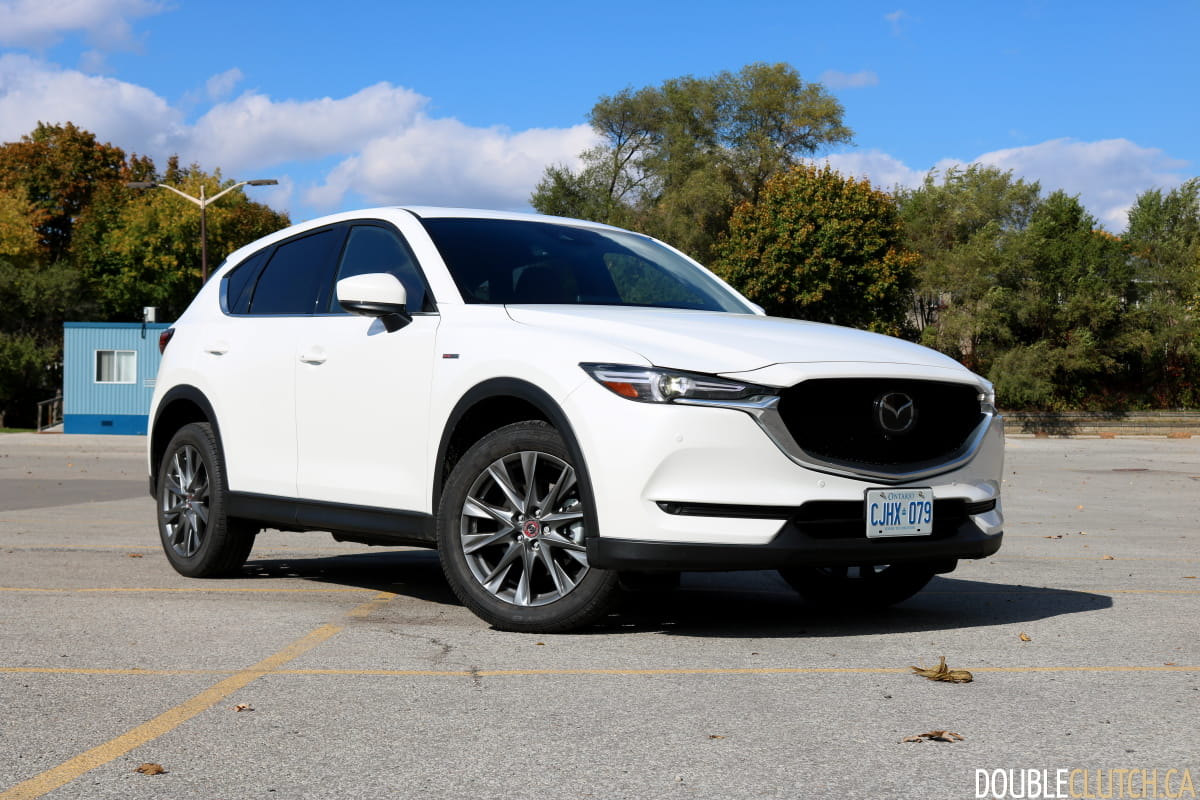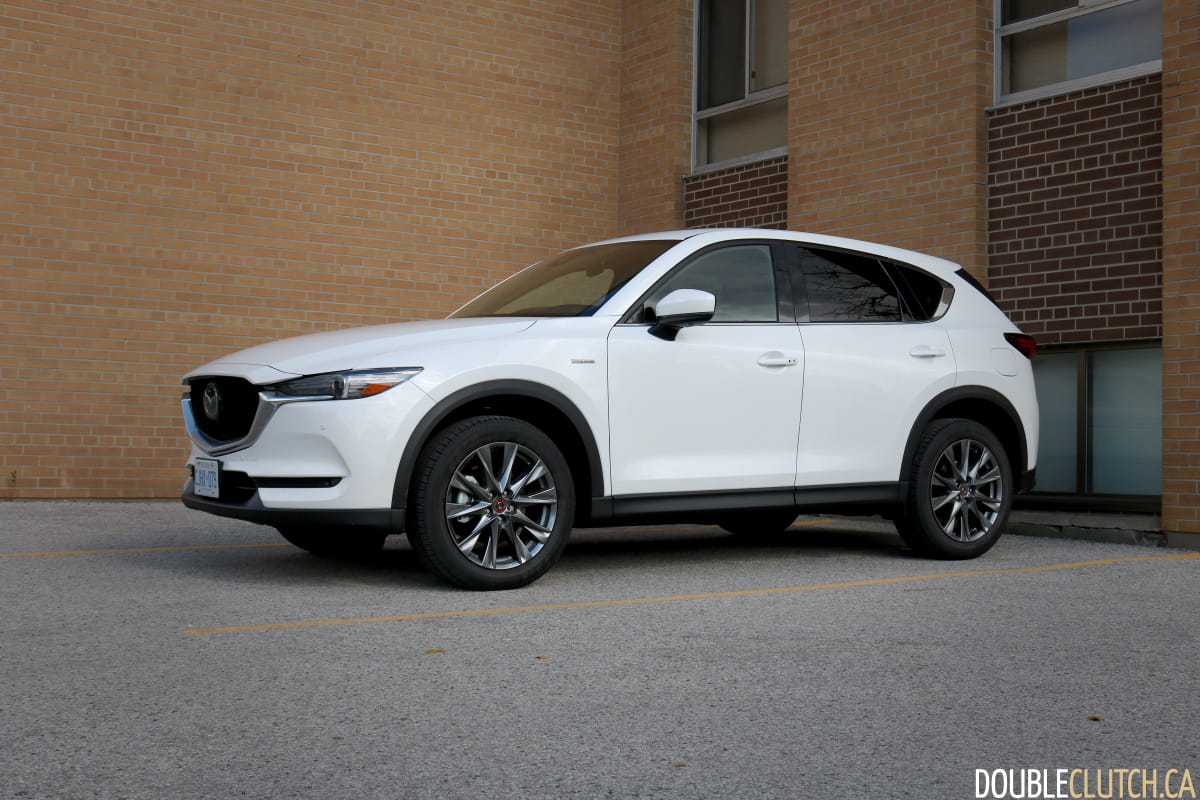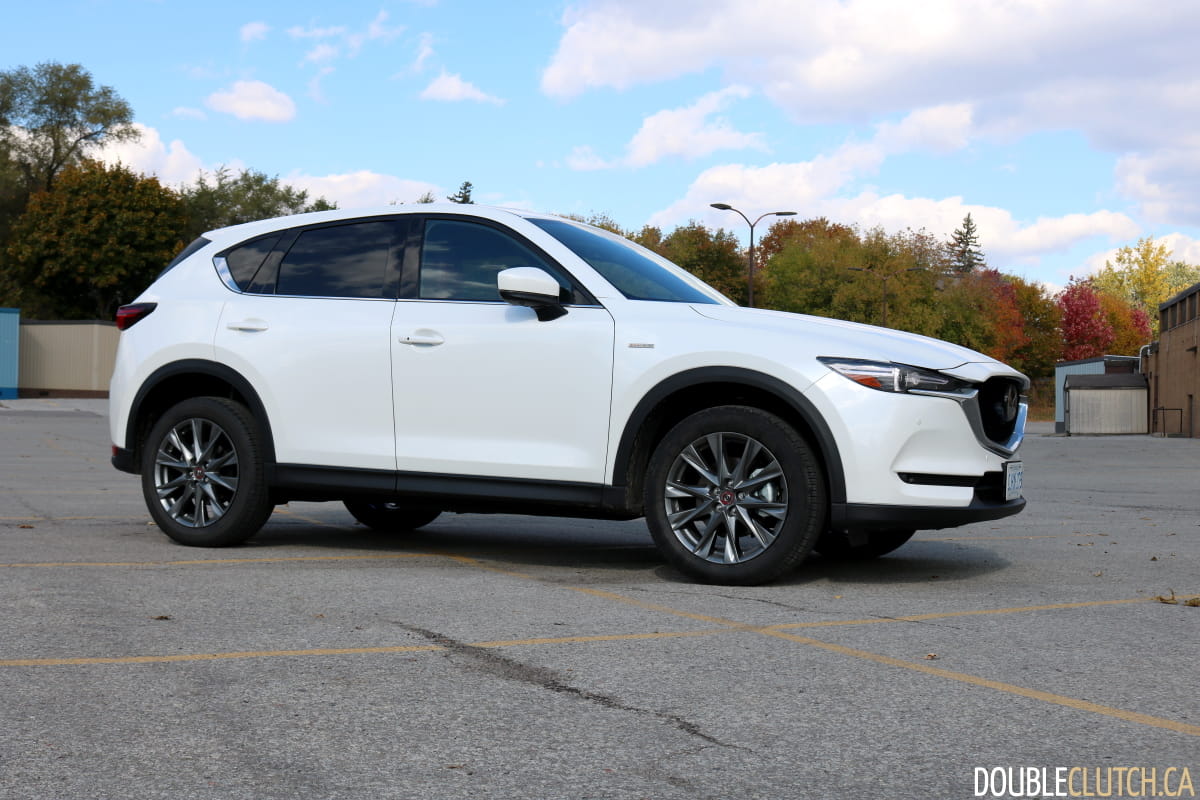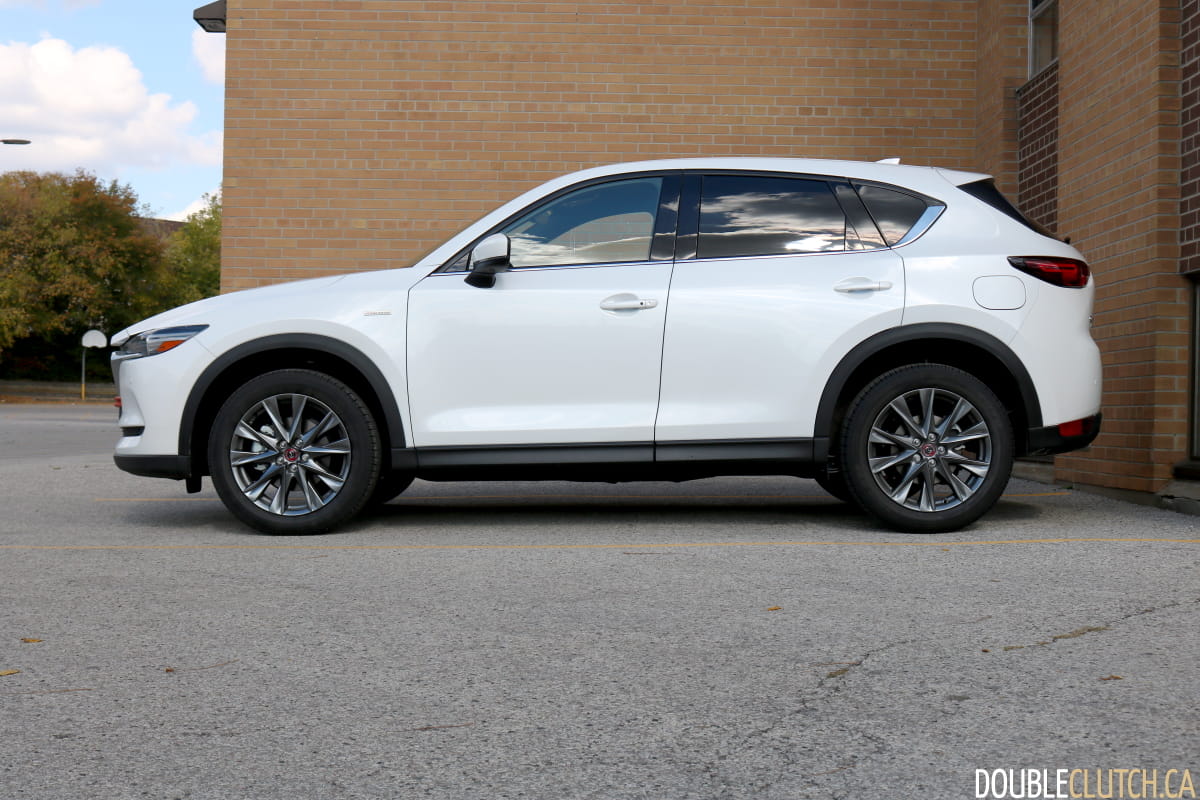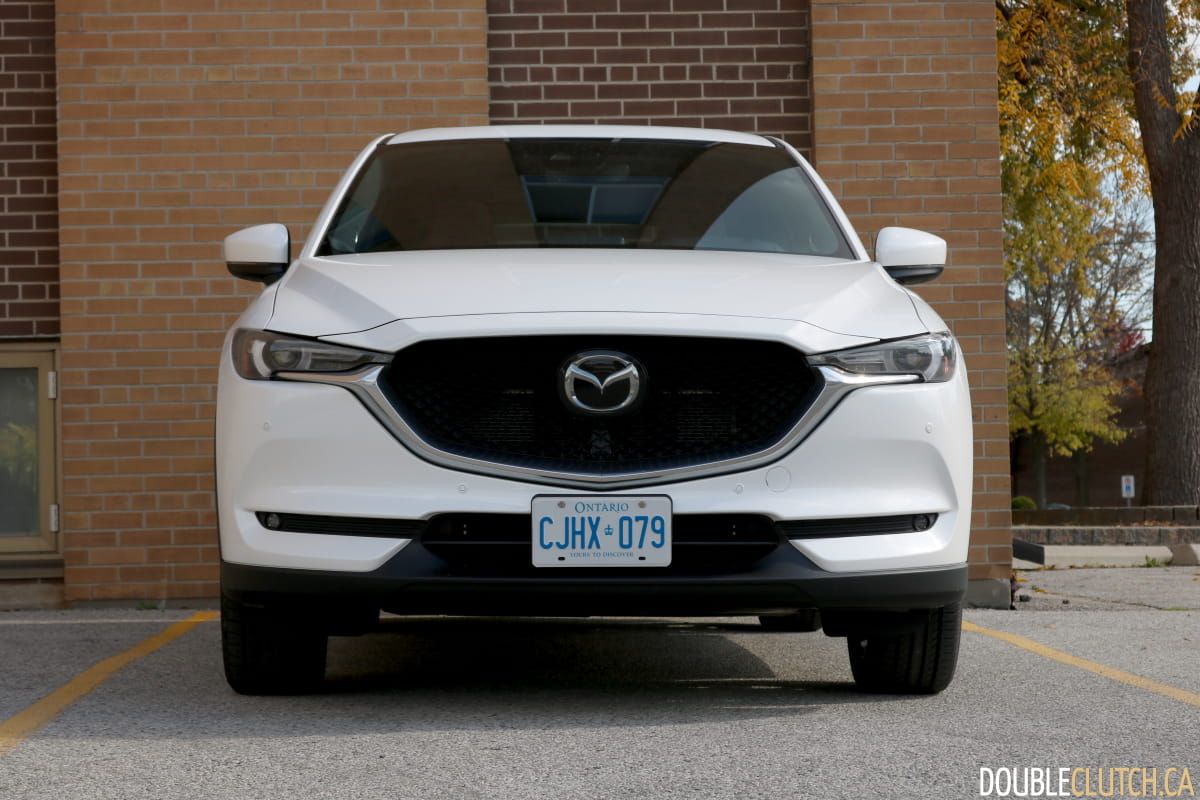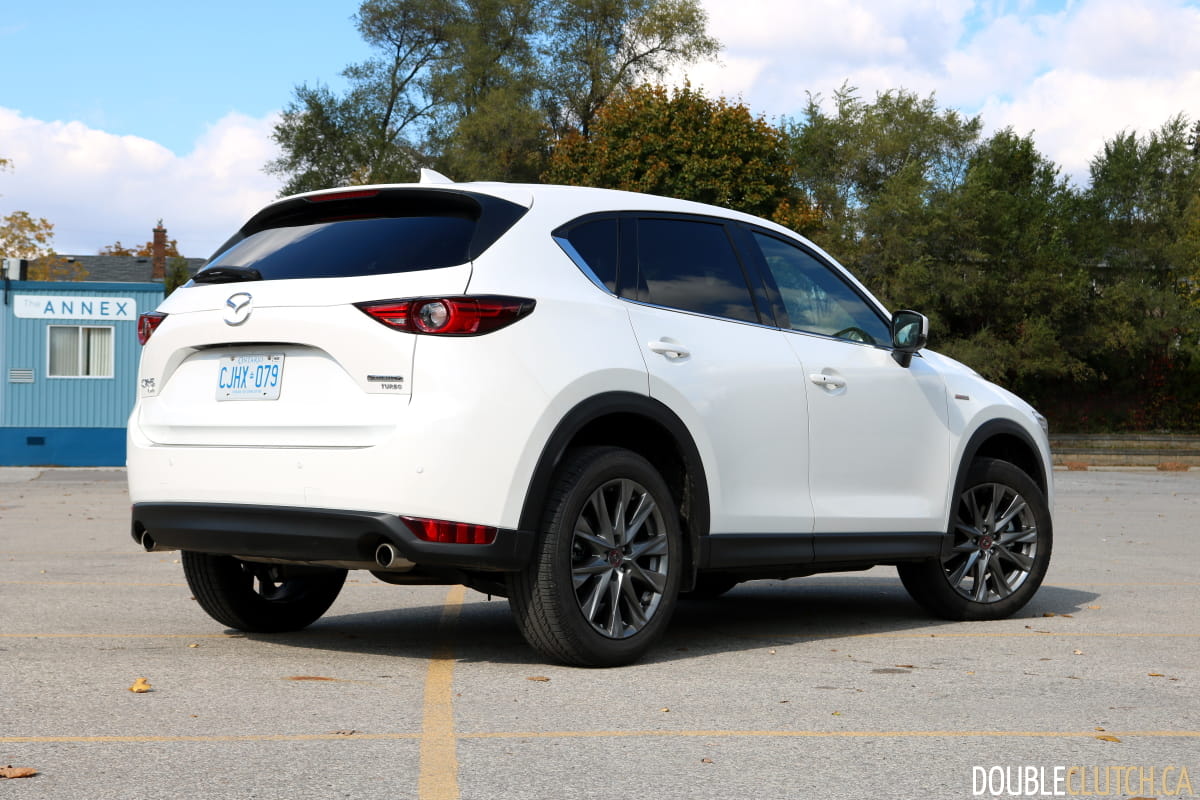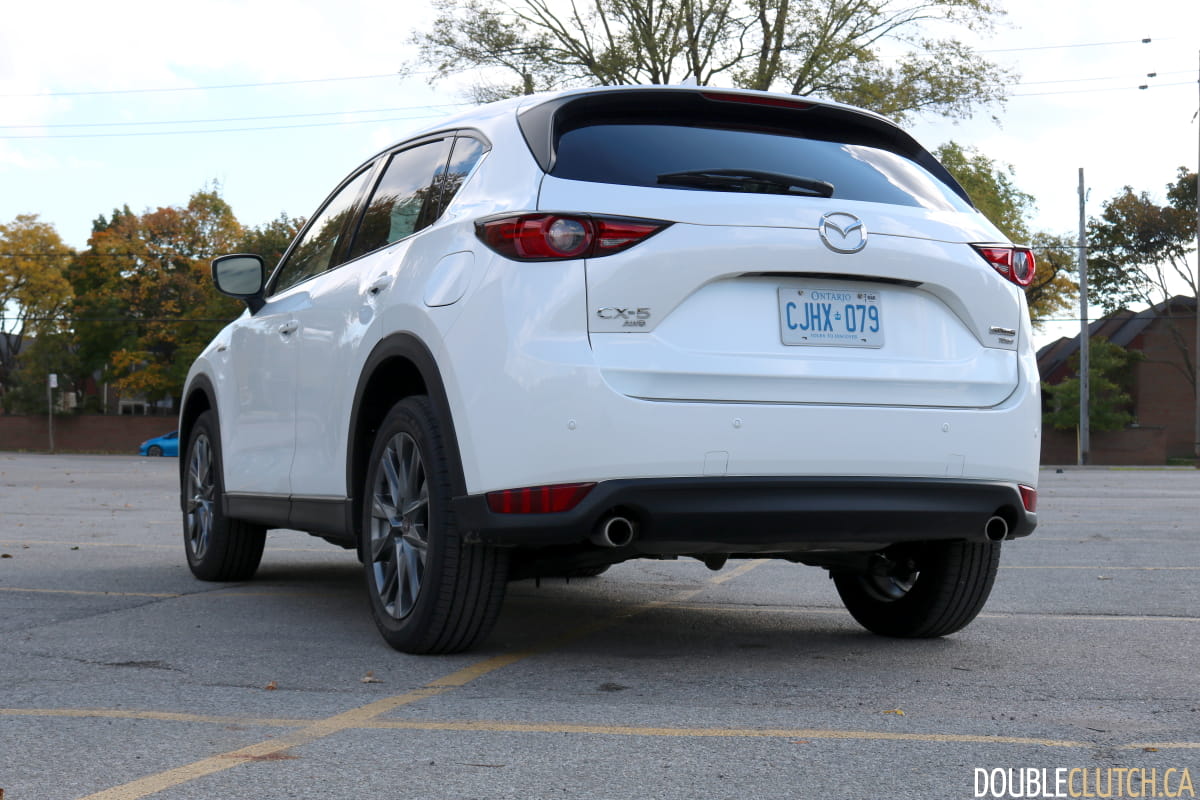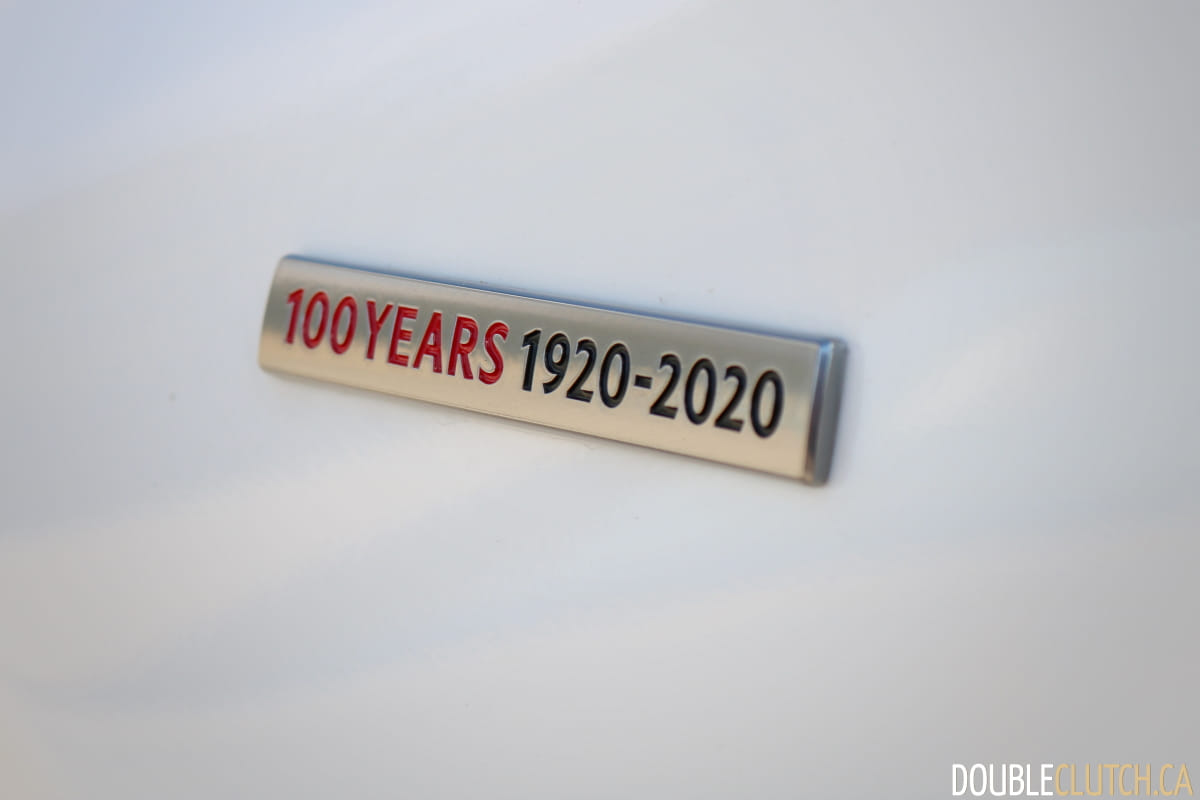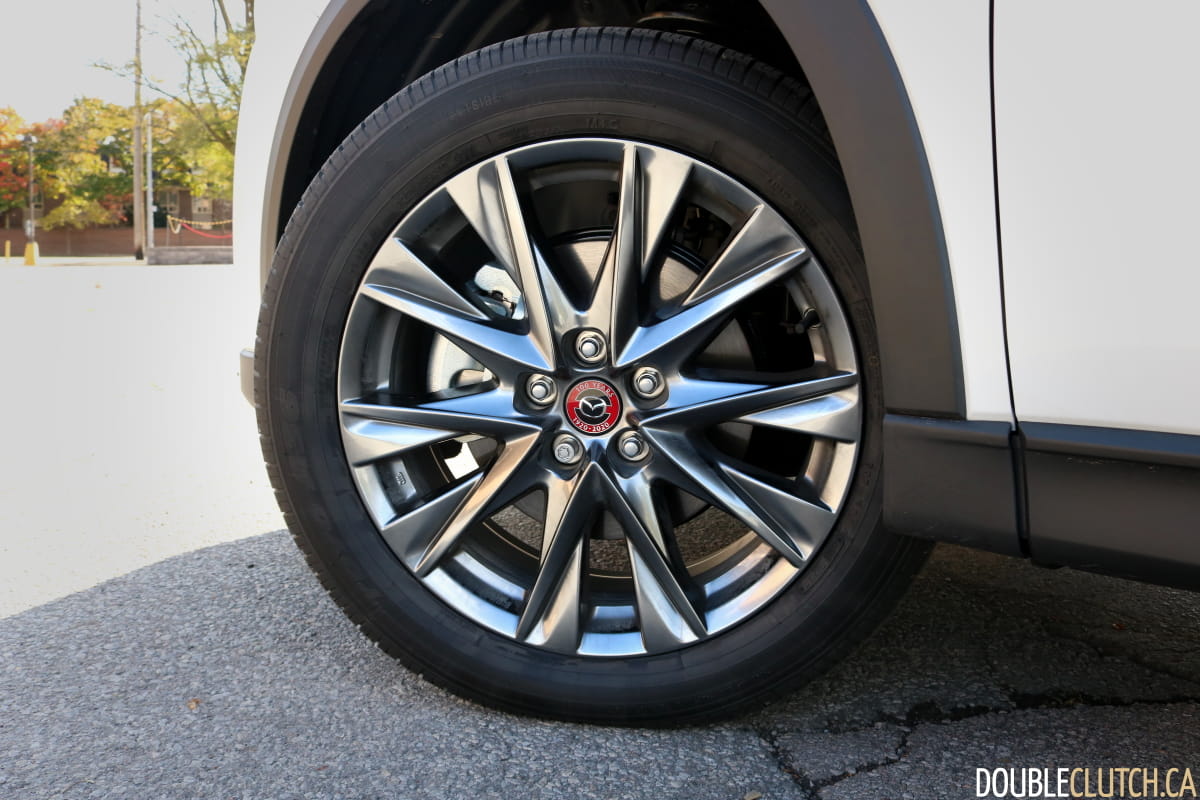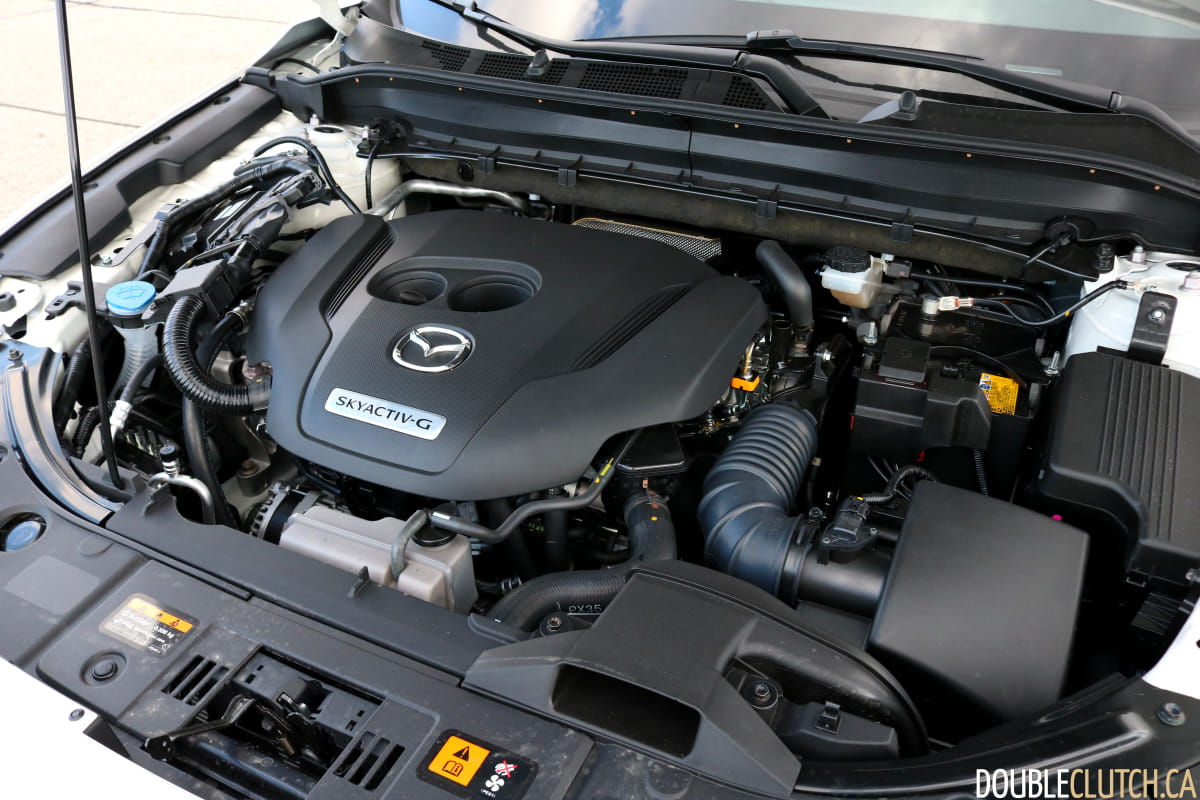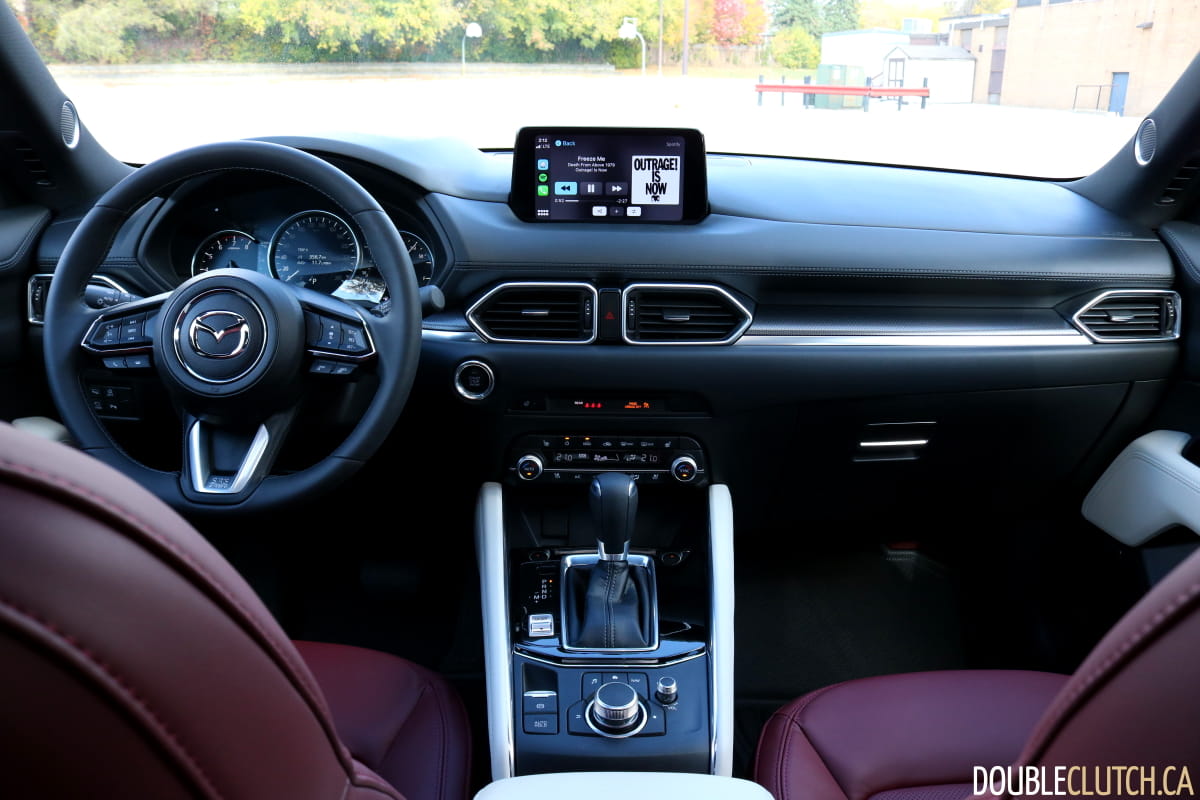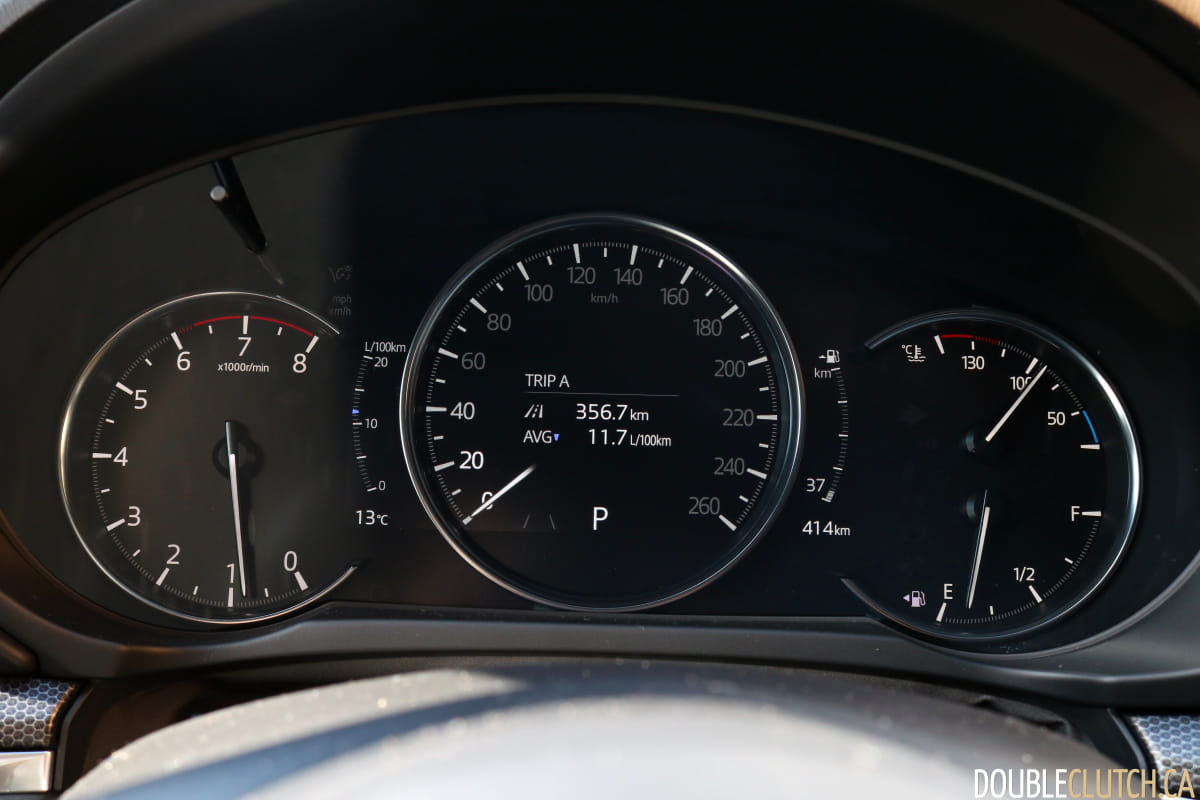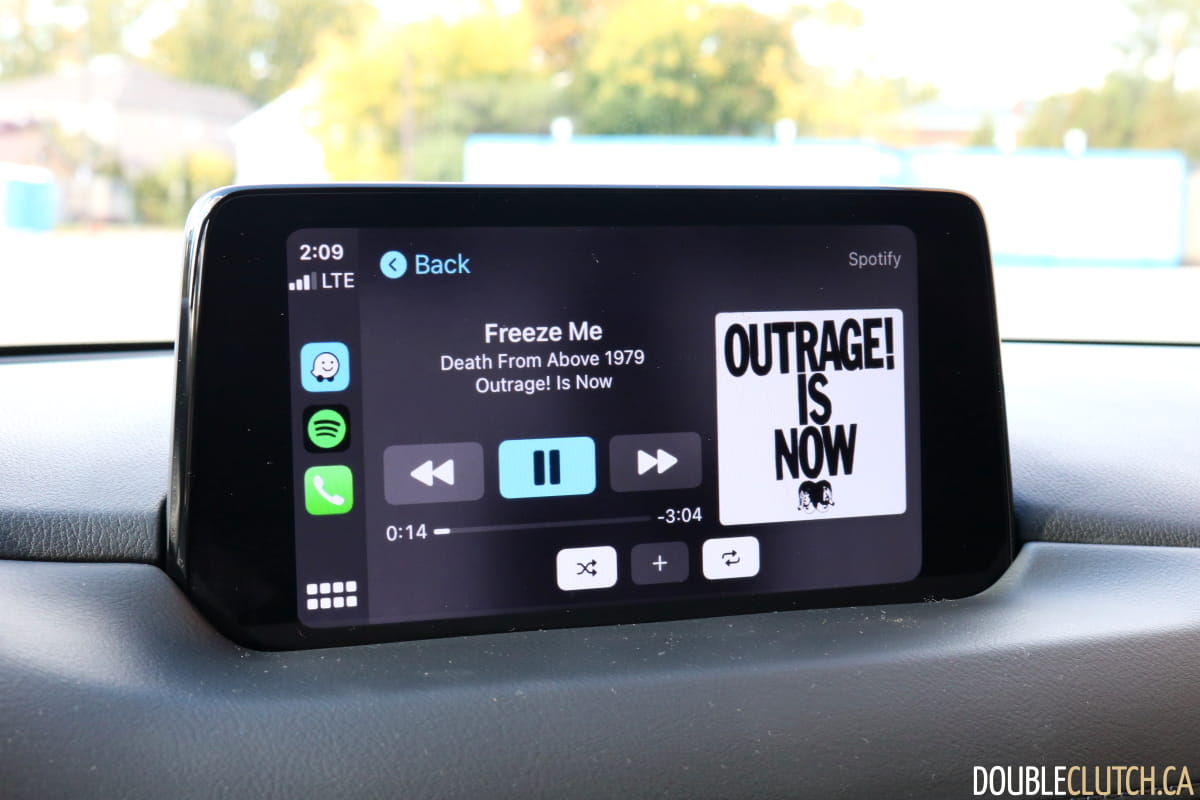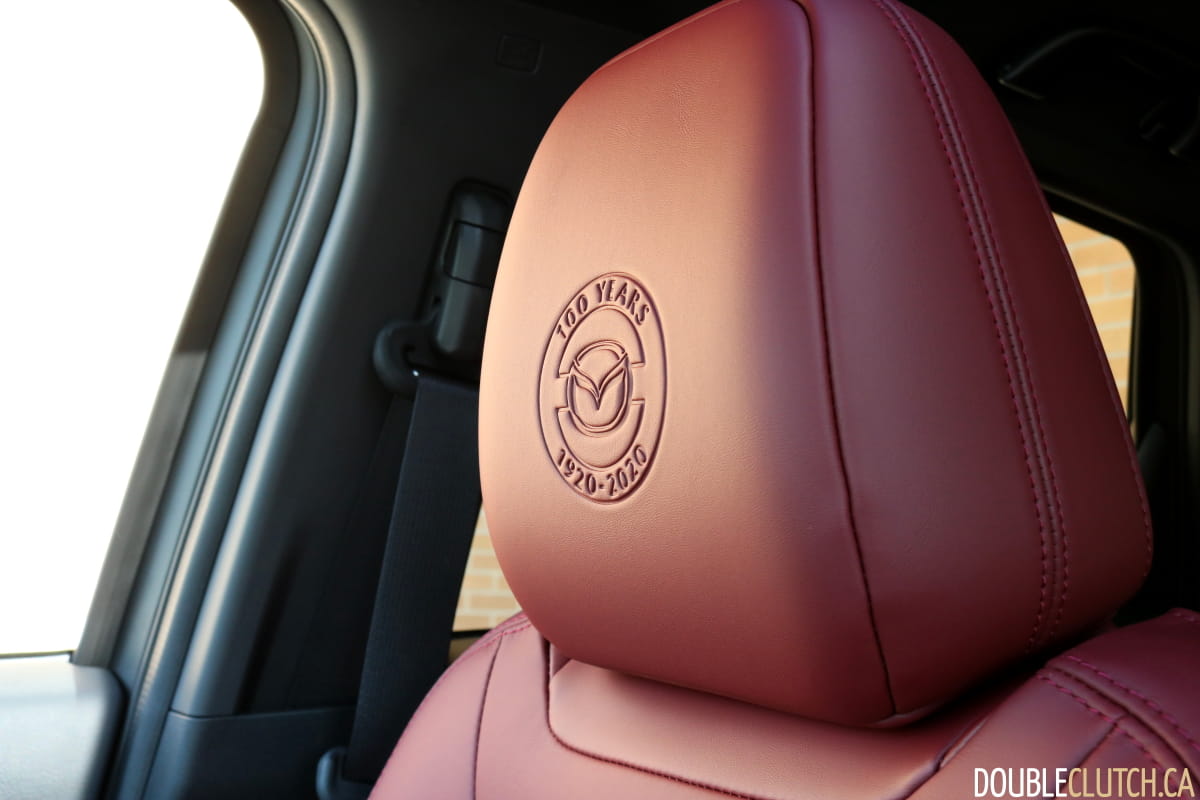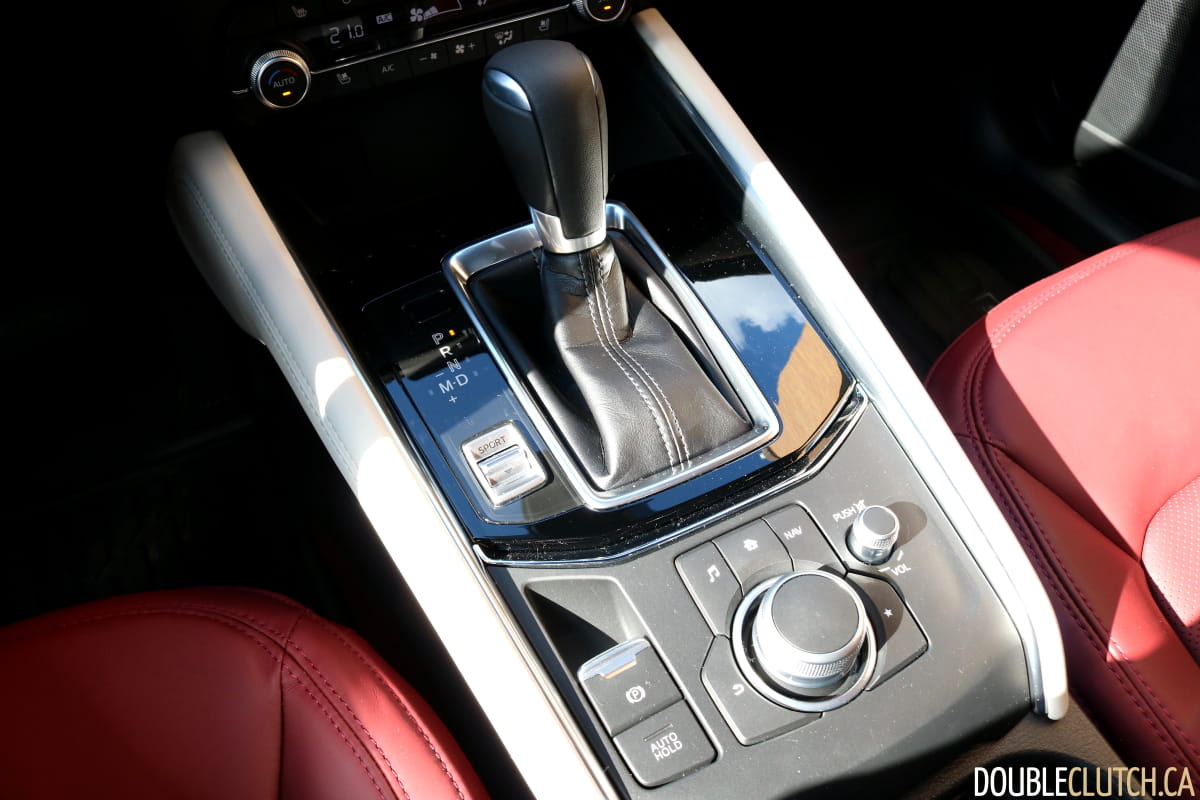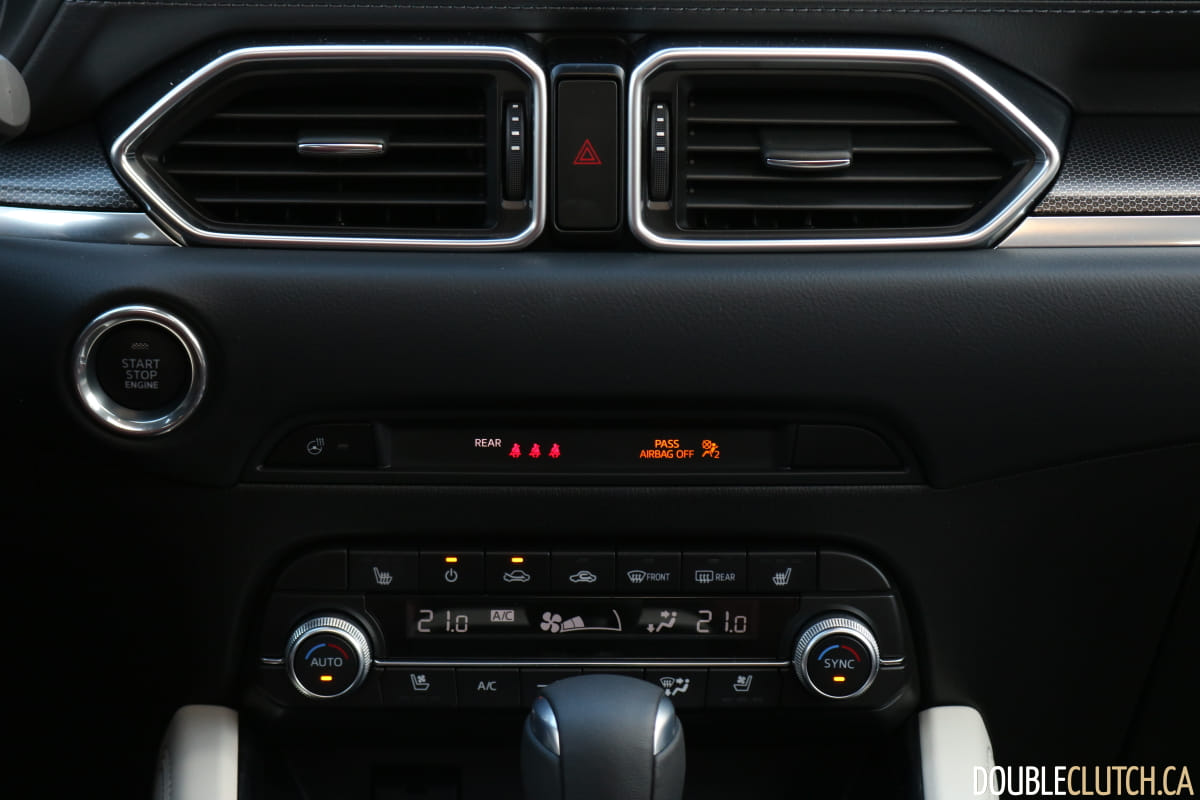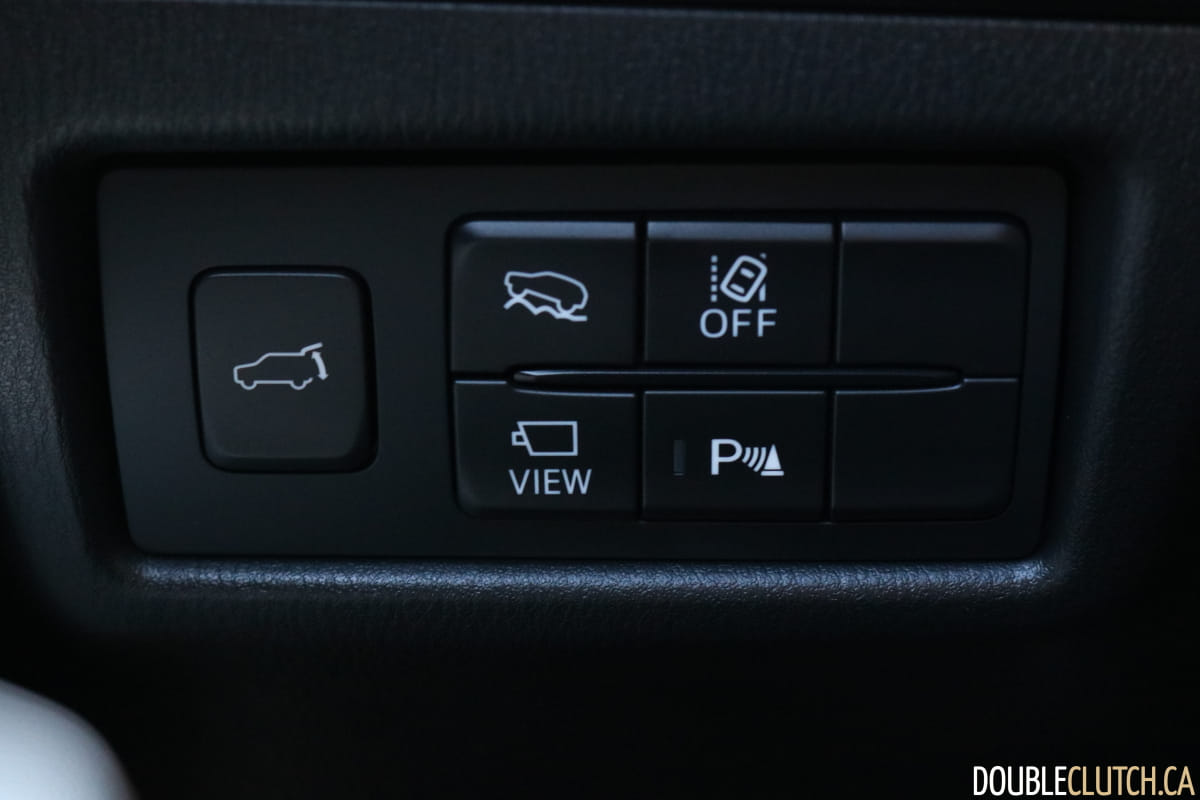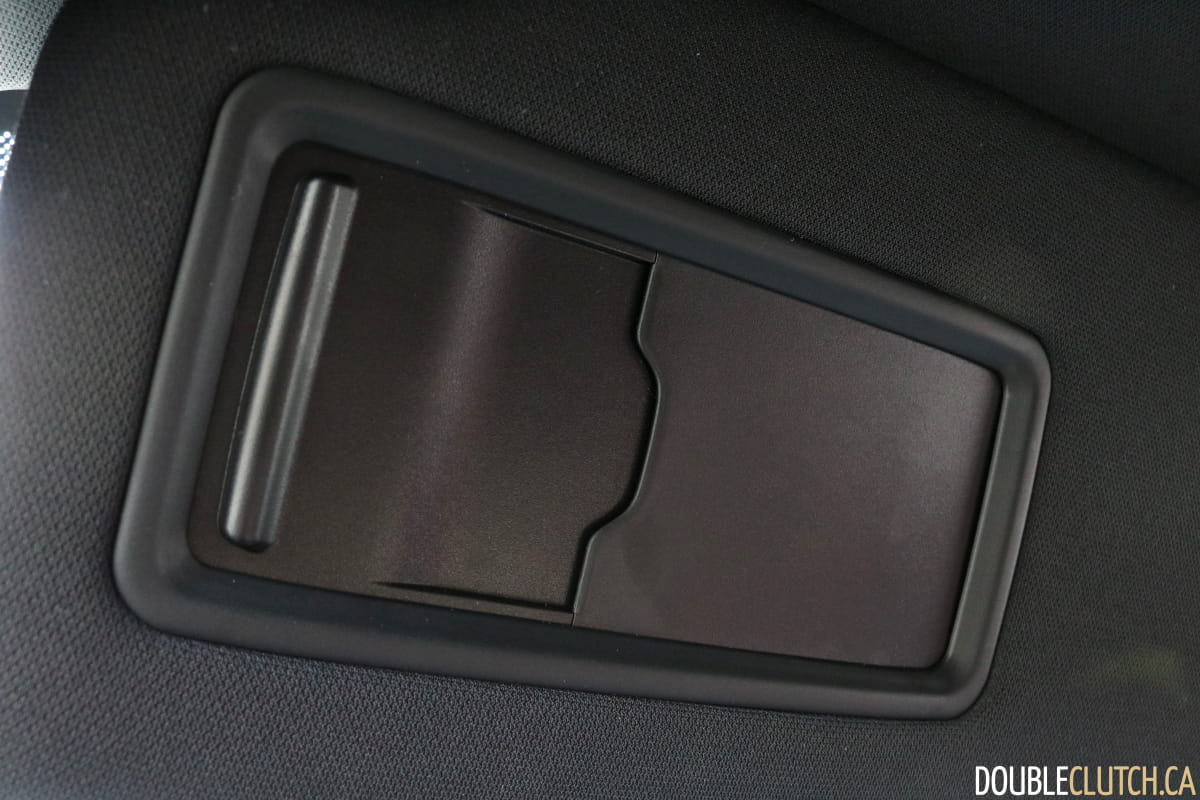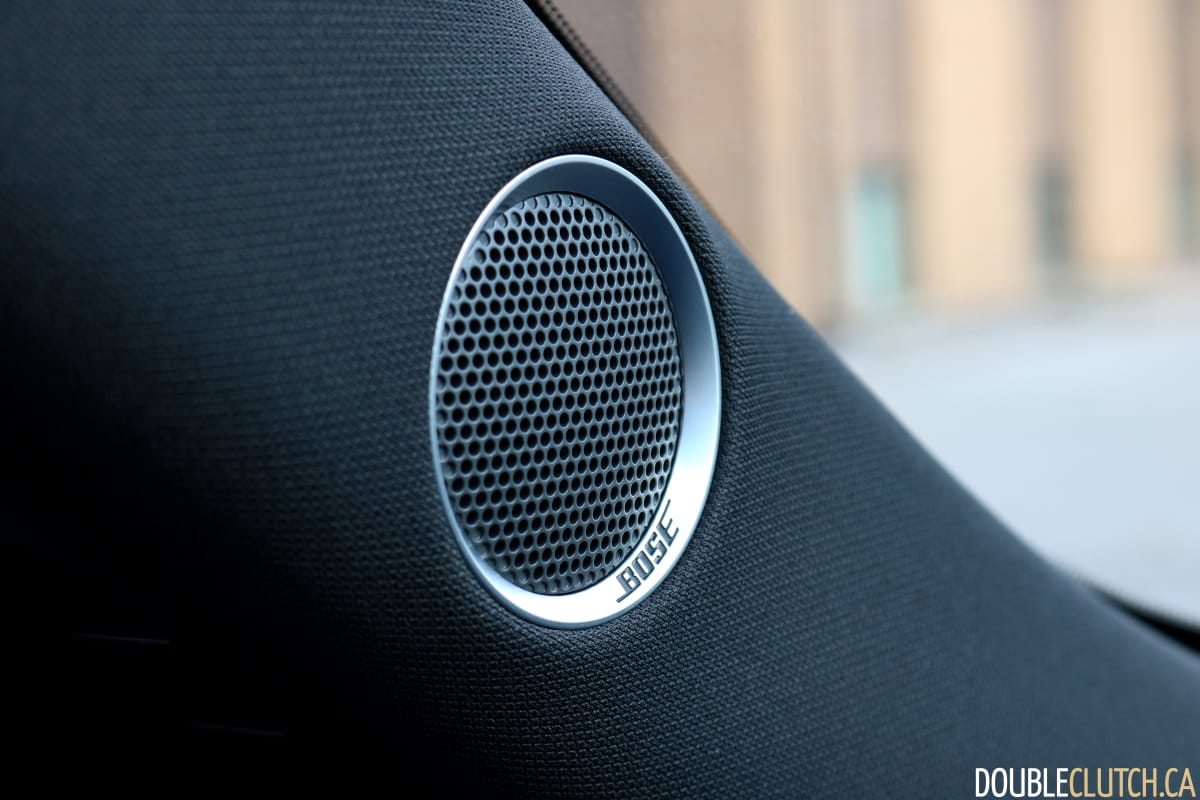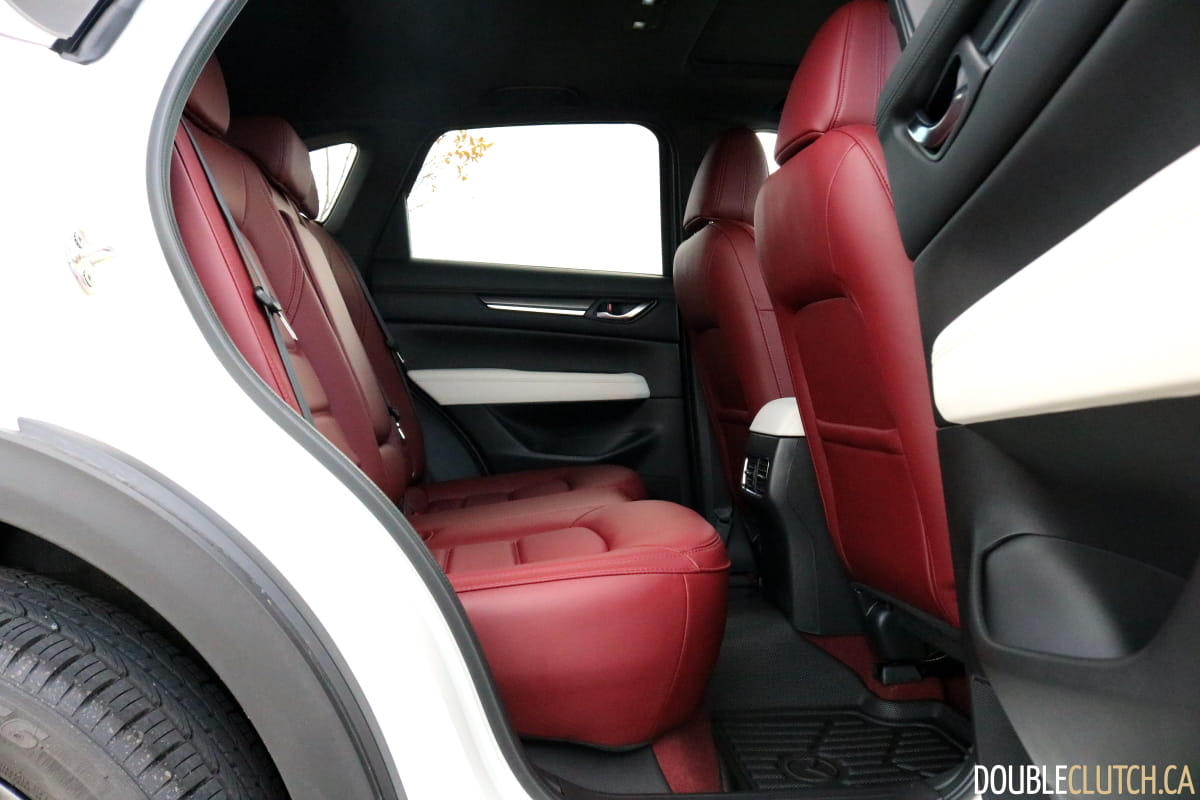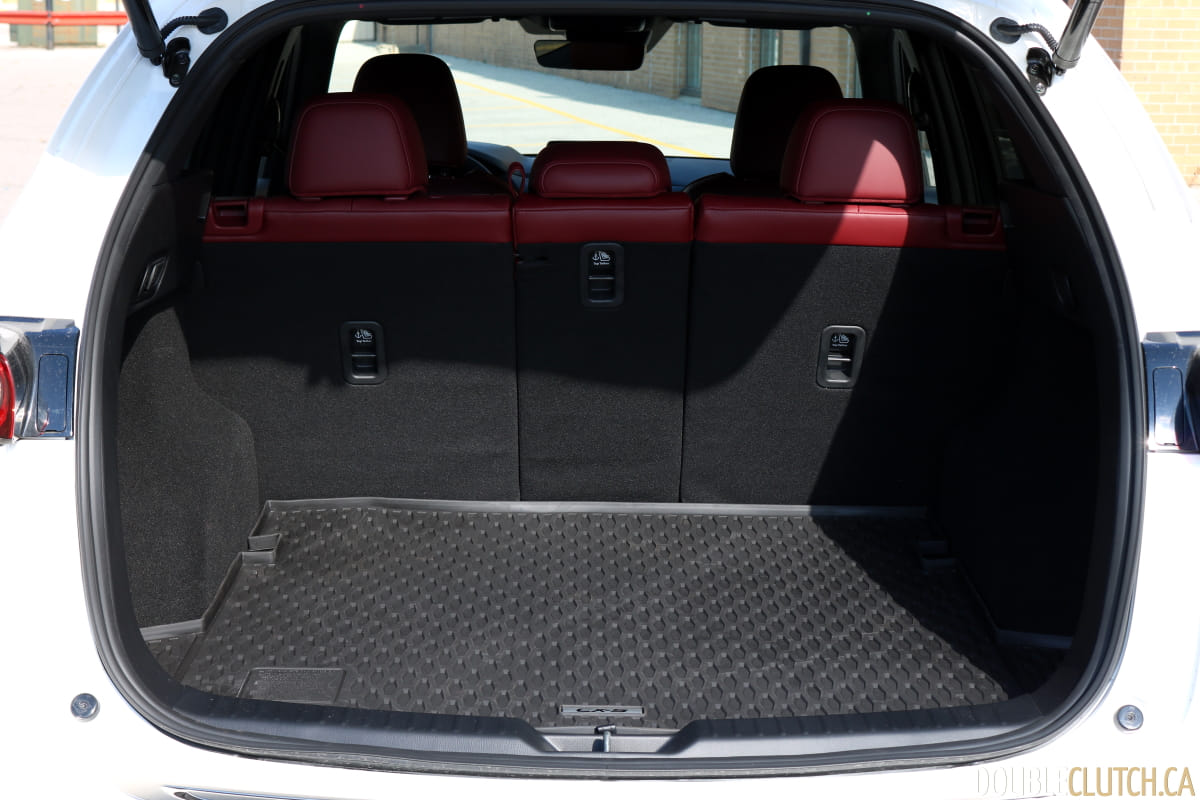Alternative, but make it an easy and appetizing choice. It’s the formula that made Manic Panic hair dye and Fuji Instax cameras so popular over the past few years. It’s also part of what makes this 2021 Mazda CX-5 100th Anniversary such a success. A stylish design wrapped around efficient, reliable mechanicals. But what happens when a turbocharger and special trim are thrown into the mix? Does the CX-5 become a Mazdaspeed3 for parents or does it simply remain the same alternative choice with more oomph?
Upon initial gaze, the Mazda CX-5 just seems a bit classier than other compact crossovers. Indeed, Mazda’s designers have eschewed modern vulgarities such as floating pillars, gopping grilles and plastic cladding measured in hectares in favour of classic restraint and poise. Elements such as the subtly forward-canted wheel arches and broad, sweeping character lines over the front arches help to evoke a sense of motion without needing to plaster every surface with faux vents in the name of hopeless posturing.
That sense of care continues on the front and rear fascias, with real exhaust tips, a lack of extraneous chrome tailgate trim out back and a slim lower fascia with minimal cladding. This 100th Anniversary Edition gains a few touches on the outside, notably Snowflake White Pearl paint, small emblems on the front fenders and red accented centre caps on the gunmetal 19-inch wheels.
On the inside, the CX-5 100th Anniversary Edition distinguishes itself from other CX-5s with a unique tri-tone colourway. The seats and carpets are a vivid garnet red, the console trims and door armrests are as white as snow and everything else including the headliner is black. Mazda puts a huge priority on design and this trim treatment allows the artful stitching of the seats and surfacing of the door cards to really shine. In addition, the 100th Anniversary Edition crest is embossed into each front seat headrest and the CX-5’s digital transponder key.
The 100th Anniversary Edition is based on the CX-5’s top-tier Signature trim so there is quite a lot of kit on offer. For starters, the liftgate is electrically operated, the rear view mirror is frameless and the interior lighting is all-LED. Worth particular note are the ventilated front seats which are hugely effective. Instead of blowing cold air onto the front seat occupants through the seat, Mazda’s ventilated seats actually use suction to wick warm air and moisture away from the front seat occupants through the seats.
Not only is this system absolutely ice-cold, it also minimizes the unpleasant aftereffects of Taco Bell so not to offend other passengers which is something that not even a Maybach can do. One big-ticket item that isn’t on offer in the CX-5 is a panoramic moonroof. While many competitors offer one as an option, Mazda doesn’t. It may be a cost-based decision or a structural rigidity-based decision to not offer a panoramic roof, but those seeking expansive views up may be disappointed.
Another sacrifice in the name of style and driving feel is the amount of space inside the CX-5. It just doesn’t have the passenger or cargo room of a Honda CR-V or Toyota RAV4 (reviewed here). It’s still sufficiently roomy for three teenagers in the back, but two Newfoundland Retrievers likely wouldn’t be terribly comfortable in the cargo hold. In fact if there’s one category of things that isn’t sufficient, it’s the CX-5’s in-cabin electronics because many of them are a generation behind the competition.
The infotainment system is still Mazda’s old system and it’s incredibly slow on start-up. Functions like Apple CarPlay are needlessly hidden under multiple sub-menus and there is quite a bit of lag evident when navigating between various functions. In addition, the parking camera system makes the outside world look like a map from GoldenEye.
While helpful in theory, the view through the parking cameras is so distorted it’s almost useless, an issue compounded by the lack of adaptive guidance lines. While this would’ve been ground-breaking stuff in 2007, it just isn’t acceptable in 2020 when hi-def CCD cameras are so cheap. Speaking of low resolution, the Bose audio system is rather disappointing in traditional Bose fashion. It’s a clean system with decent staging, but the replicated frequency range feels quite small, sub-bass is virtually non-existent and neither bass tones nor higher frequencies could be described as dynamic.
Powering the CX-5 100th Anniversary Edition is Mazda’s 2.5-litre turbocharged four-cylinder engine making a stout 250 horsepower and an eye-popping 320 lb-ft. of torque on 93 octane. On regular gas it makes 227 horsepower and a still very potent 310 lb.-ft. of torque. Hitched to a six-speed automatic with long gearing and a full-time all-wheel-drive system, this CX-5 isn’t billed as a performance machine.
Regardless, the sheer amount of pull at highway speed is verging on ludicrous for a retail-grade compact crossover, inasmuch as it’s easy to fly through rush hour like a complete lunatic should the driver’s right foot relax slightly. Plant the loud pedal through the carpet and the turbo powerplant reveals a strand of Mazdaspeed DNA. The engine note is robust, snarly and muscular and full-bore acceleration is enough to telegraph slight shivers of torque steer up the steering column, enough to be endearing yet not enough to make every day arm day.
This amount of potential irresponsibility under the hood does come with a downside though, and that’s thirst. Over a week of mostly-highway driving we averaged just 11.4L/100km and if the driver of a turbo CX-5 chugged energy drinks and wore a cookie monster snapback at any stage in their life, highway fuel economy in the 13s is realistic. Still, the driving experience makes up a bit for the disappointing fuel economy by offering a sharp automatic transmission and arguably the most taut steering and suspension geometry in the compact crossover segment.
For the former, Mazda has stuck with just a six-speed conventional automatic gearbox. While this may seem outdated next to CVTs, dual-clutch gearboxes and million-speed automatics, it’s actually quite smart. Because the torque band of the turbocharged engine is so vast, the transmission seems to always be in the right gear. Couple that to a torque converter that has a multi-plate clutch sandwiched in it, and it feels so natural and crisp compared to other transmissions in the segment.
Couple that to the CX-5’s deftly-programmed all-wheel-drive system and the power always gets its way to the ground. As for the bit about stopping and steering, dive under braking is admirably controlled, the CX-5 stays reasonably flat when changing direction and the steering actually communicates when the front tires are about to let go.
So how much does all this cost, then? Well the short answer is a lot, but also a very reasonable amount of money. Despite how expensive stuff like specially-coloured carpet is to make in fairly small batches, the CX-5 100th Anniversary Edition costs just $1,500 more than the Signature trim on which it’s based. However, said Signature trim still retails for $42,050 which means this 100th Anniversary Edition is priced at $43,550.
That’s $1,495 more than a Honda CR-V Black Edition (reviewed here), but the CR-V makes do with a measly 190 horsepower and 179 lb.-ft. of torque. The CR-V Black Edition also doesn’t come with a lovely coffee table book detailing one hundred years of Mazda history. So, while the 2021 Mazda CX-5 100th Anniversary isn’t a performance monster oozing heritage from every pore, it is a quick and well-appointed family vehicle for people who know something many others don’t.









